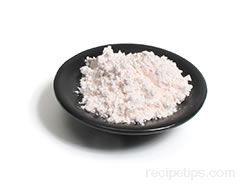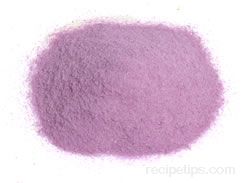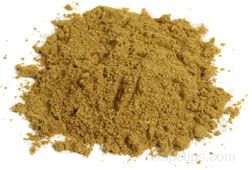Diastatic malt, which contains active enzymes from the sprouting grain, is used to break down the starch in dough and convert it to sugar (maltose) so that the yeast can feed on the sugar enabling the dough to rise, especially in breads such as sourdough that require a longer time for preparation and fermentation to occur. This malt provides more nutrition, an enhanced flavor, a finer texture in the bread crumb, a fresher tasting product, and a browner crust appearance, all without excessive lengths of baking.
Non-diastatic malt, which does not contain the active enzymes, is most often used as a sweetener to give baked goods and cereals more flavor, a glossier appearance and a softer more consistent crumb. Bagels, breads, granola, cookies, salty crackers or snacks, gravies, and sauces are all products that commonly use non-diastatic malt.













